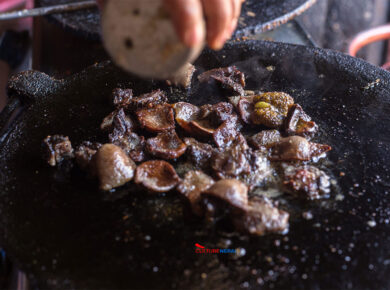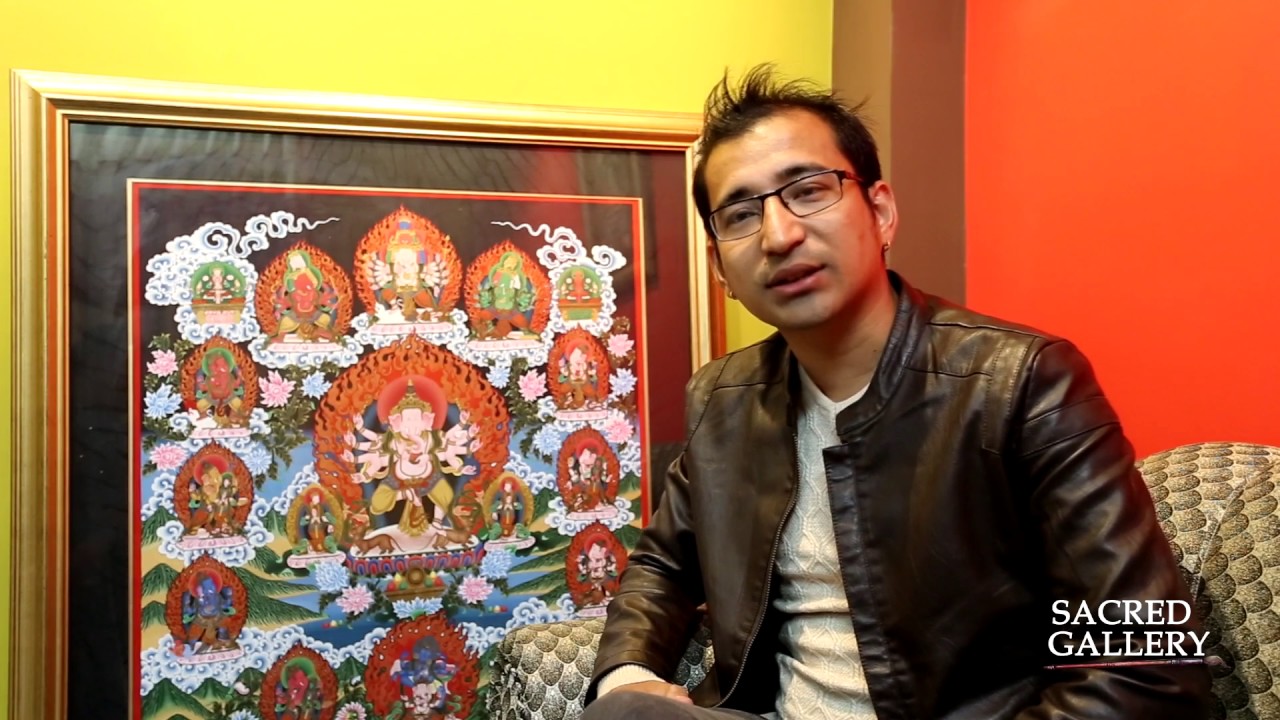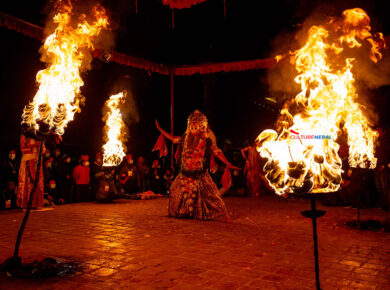A sip of it ignites a fire within. It journeys from the mouth. It ‘s rare, intense taste burning up as it moves down and finally rests at the pit of your stomach. It’s strong, no doubt about it, but there is hardly any comparison to that heated rush. Once you get the hang of it, every gulp of aila is bliss
All gastronomic gratification in Newar culture commences with this element – aila. For the indigenous dwellers of the Kathmandu valley, the traditional, alcoholic beverage is a symbol of frivolity that is equivalent to holy water. The drink is pure enough to offer to deities and used as shagun; to congratulate and wish good luck.
As you sit down for a traditional Newari bhoj or feast, this elite liquor is served first, in a particular fashion. The drink is poured into a Salincha, (an earthen cup, roughly the size of one’s palm) by senior, female members of the host family. A special pitcher called an antee*, characterized by a delicately curved spout is used to pour the aila. The art of pouring this liquor is itself quite sophisticated. The women raise the antee higher as they fill the salincha, achieving a bubbly fill.
The origin of this near divine liquor is unknown but is not without a myth or two, which make for great drinking stories. Some believe that its tradition descended from the .Malla dynasty, rulers of the Kathmandu valley. The Malla Kings were luxuriant people, adept policy makers and lovers of art. Good food was a matter of indulgence and respect for them. They loved entertainment, leading to the popularity of magic shows in their courts. Renowned magicians from India visited often and performed complicated tricks to impress the royals. It so chanced that the kings themselves were equally skilled in some magic, with which they would often challenge the magicians and their skills. It was in during such demonstration that one of the Malla queens prepared aila, not by burning logs, but by using her legs instead. The magic trick wasn’t repeated but the tradition of brewing the amazing drink was.
Aila is the only alcoholic beverage offered in temples of Hindu deities, except for those of Hindu deity Vishnu. Aila is mandatory while offering shagun, and is held in the right hand while the left hand holds other offerings. The quality of the drink also measures up a Newar feast; the better the aeila, the more successful the bhoj. Even today, many Newars prefer a good salinc-ful of aila to go with their feast to imported drinks.
Determining the quality of aila is an entirely different story and best left to experts— usually the elder females of a family. Taking aila in a salincha, they set it on fire and observe the color of the flame.A blue flame means less water and thus high quality aila. No wonder the gods are offered only the best and the strongest liquor possible. Some traditional experts, meanwhile, can distinguish its quality by its smell and texture, besides its taste. Aeila is one of those drinks that get better with time and increases in medicinal value. A Newar household without a few litres of the drink stocked for emergencies is quite rare with some families having saved aila that is 50 years old.
Although an alcoholic drink, taken in small doses, it acts as medicine for simple ailments. The drink serves as a painkiller and as a homemade remedy for problems such as common cold, stomach pain and even gas formation. Old beliefs claim that consuming aila during child birth will often lead to easier birth process.
Traditional Newar farmers would consume aila as a staple drink, having a little before going to the fields, a little during lunch and a little again before going to bed. In other words, aila is perhaps a traditional version of the popular Red Bull. This is true for well-prepared, homemade aila and not really to the more common, commercial variety.
Aila is best homemade and preparations start a month or two before festivals and lifetime rituals such as childbirth, naming ceremony (Nwaran), feeding ceremony (pasni), hair cutting ceremony (bartabanda) and marriage. The process of its preparation is similar in all Newar communities, but what makes slight differences here and there is the infusion of spices such as pepper or sometimes clove and cinnamon — making it a truly gourmet drink.
*antee: pronounced as un-tee
Source: TravelTimes December 2010 Edition




